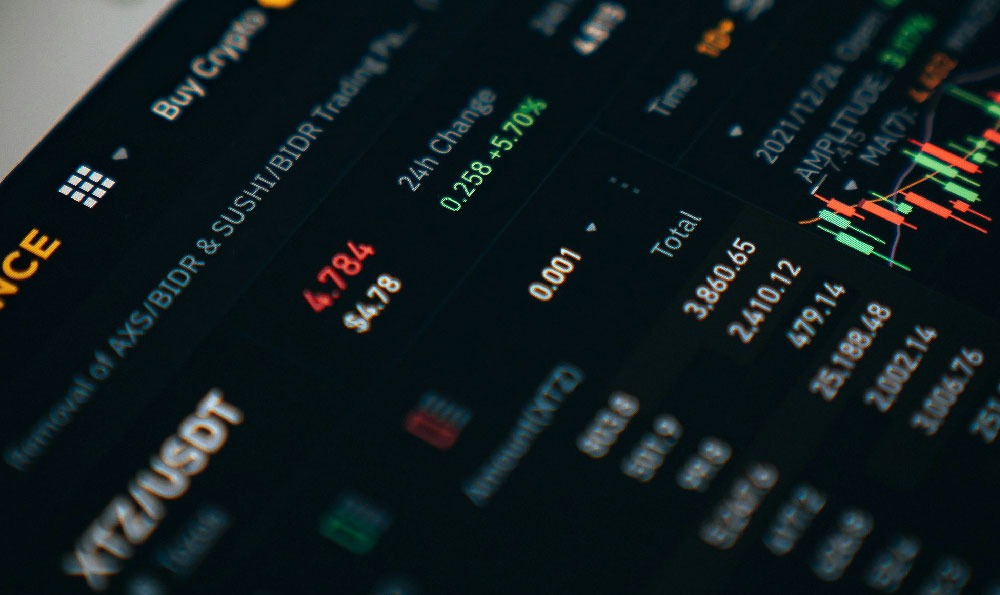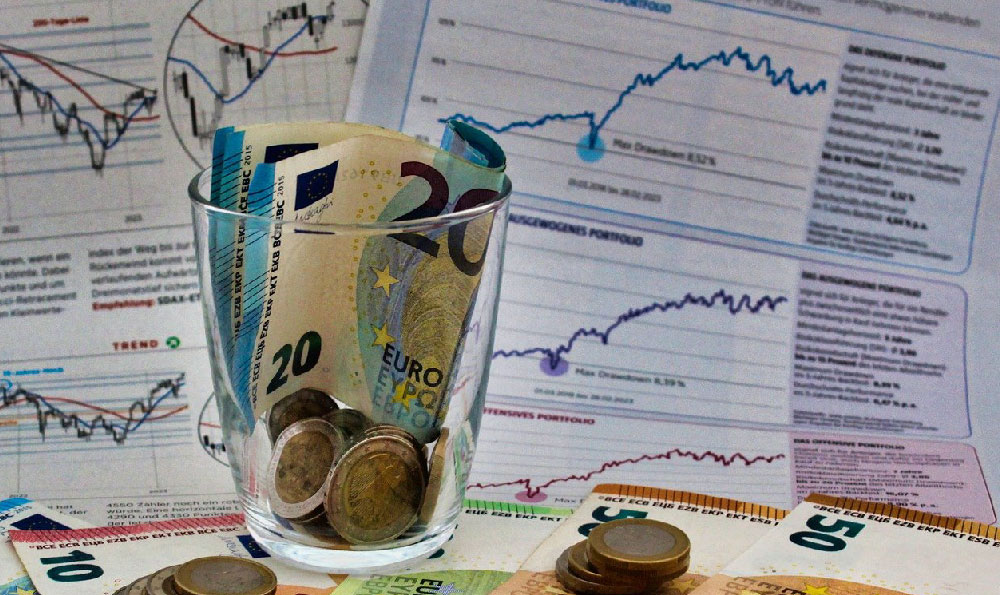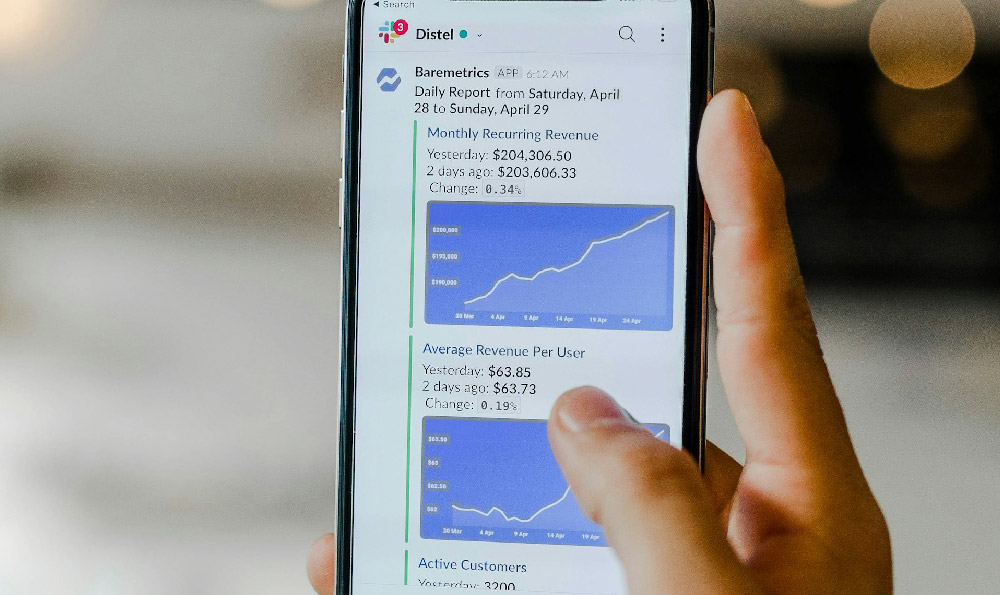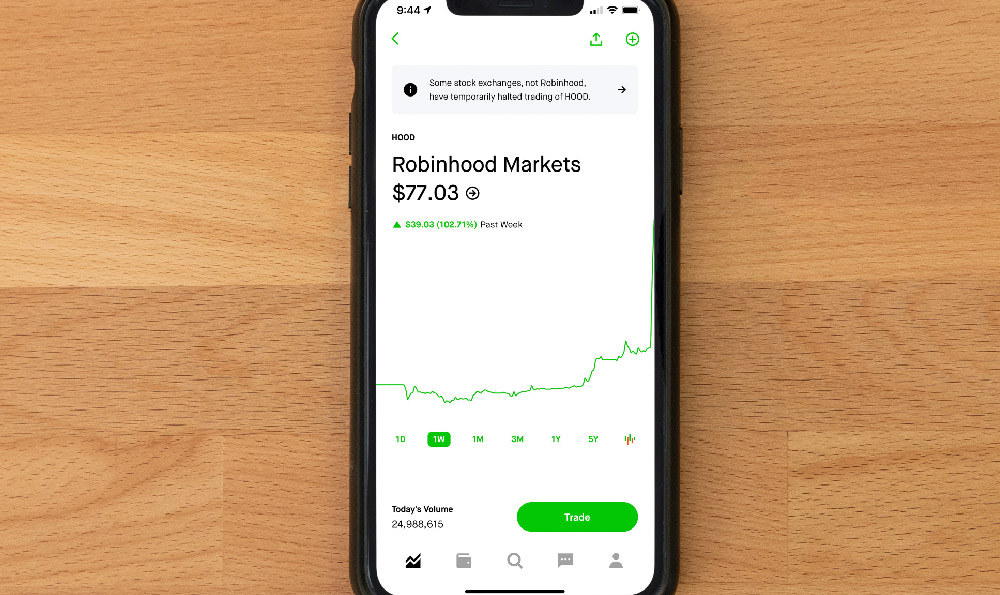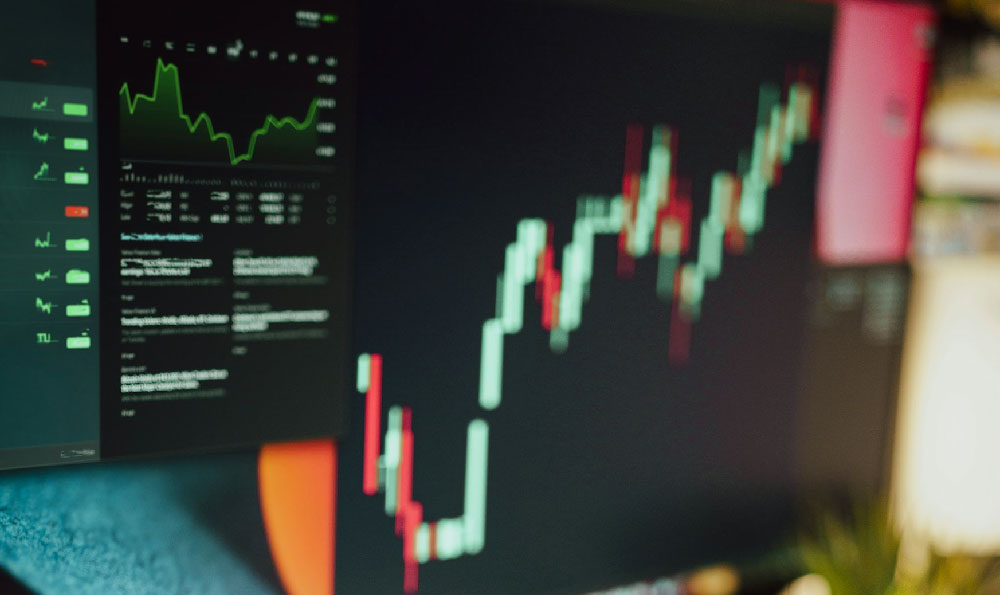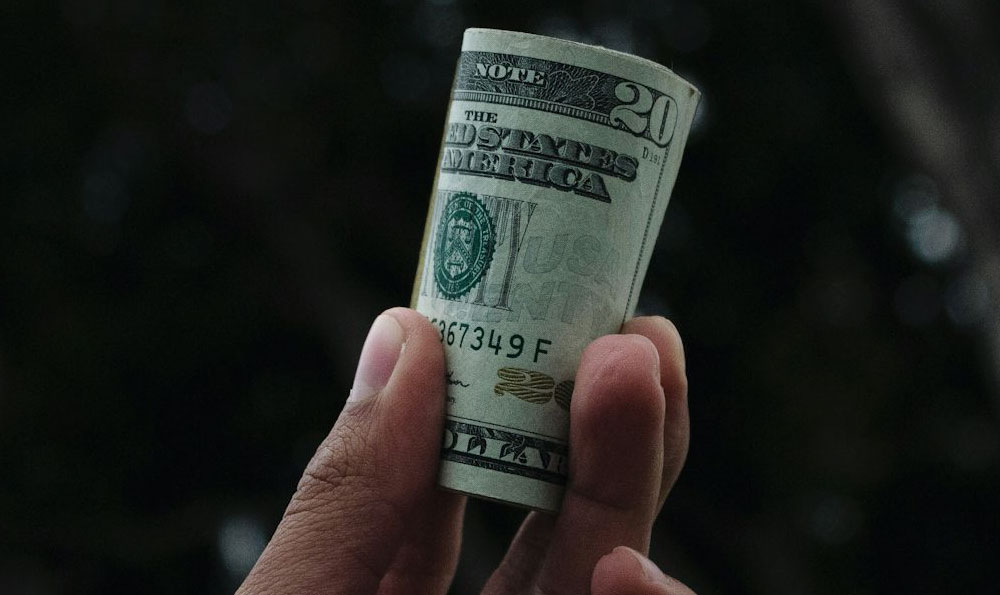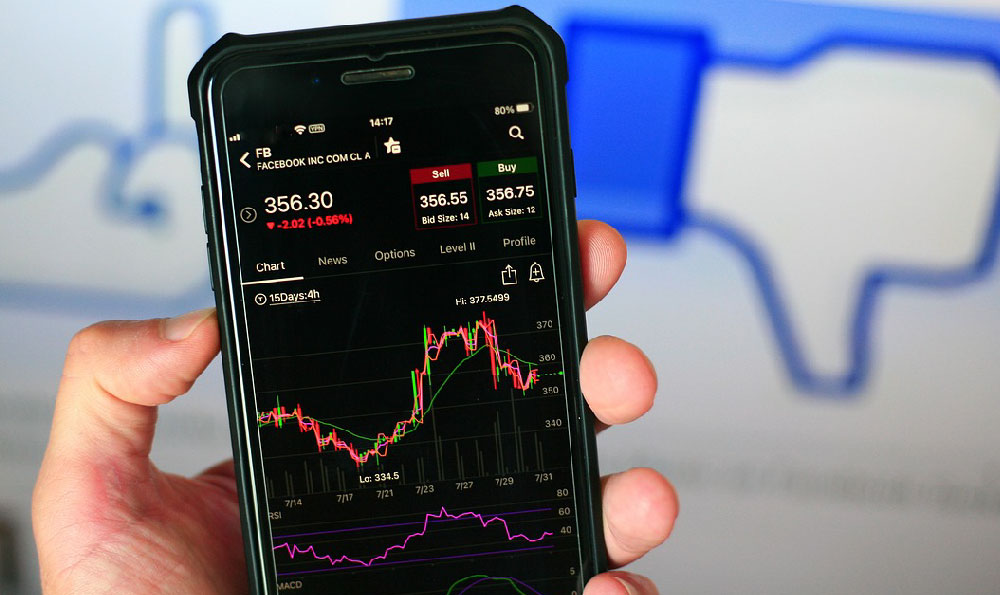The path to earning on YouTube seems straightforward: create content, amass subscribers, and rake in the cash. However, the reality is often more nuanced. Understanding the monetization requirements and the timelines involved is crucial for aspiring YouTubers. The magic number for subscriber count, while important, is not the sole determinant of your earning potential.
YouTube's Partner Program (YPP) sets the foundational rules for monetization. Currently, to be eligible, a channel needs at least 1,000 subscribers. This requirement acts as a filter, ensuring that only channels with a reasonable level of engagement and audience interest are considered. Beyond the subscriber count, there's another equally important metric: watch hours. You also need to have accumulated 4,000 valid public watch hours in the preceding 12 months. This criterion further validates the channel's performance, demonstrating that viewers are not only subscribing but also actively consuming the content for a substantial period.
Why these thresholds? YouTube aims to partner with creators who are genuinely building communities and providing valuable or entertaining content. These requirements help minimize the number of low-quality or spam channels seeking to exploit the platform for financial gain. They also protect advertisers by ensuring their ads are displayed on channels with demonstrable reach and engagement.

Meeting these prerequisites is just the initial step. Once you qualify, you need to apply for the YPP. This process involves linking an AdSense account to your YouTube channel. AdSense is Google's advertising program, which serves as the intermediary for delivering ads to your videos and managing your earnings. You'll need to provide accurate information, including your payment details and tax information. YouTube will review your channel to ensure it complies with its monetization policies, community guidelines, and AdSense program policies. This review process can take some time, usually a few days to a few weeks, depending on the volume of applications.
Even after being accepted into the YPP, the journey is not over. You need to consistently adhere to YouTube's policies to maintain your monetization status. Violations, such as copyright infringement, promoting harmful content, or engaging in clickbait tactics, can lead to demonetization or even channel termination. YouTube's algorithm is constantly evolving to detect and address such violations.
The timeline for reaching monetization varies drastically. Some YouTubers reach the subscriber and watch hour thresholds within a few months, while others may take years. Several factors influence this timeline, including the niche, the quality of the content, the consistency of uploads, and the effectiveness of promotion strategies. A highly sought-after niche with less competition may allow for faster growth. High-quality content that resonates with viewers is more likely to be shared and recommended, leading to increased views and subscribers. Regular uploads keep viewers engaged and coming back for more. Effective promotion strategies, such as social media marketing and collaborations with other YouTubers, can significantly boost visibility.
When can you actually start earning? Theoretically, once you're accepted into the YPP and enable monetization on your videos, ads will begin appearing, and you'll start accruing revenue. However, the actual amount you earn depends on various factors, including the number of views your videos receive, the type of ads displayed, the ad rates (CPM or RPM), and the viewer demographics. CPM (Cost Per Mille) is the cost advertisers pay for one thousand ad impressions, while RPM (Revenue Per Mille) is the revenue you earn per one thousand views after YouTube's share. RPM is a more useful metric for gauging your actual earnings.
Ad rates fluctuate based on factors such as the time of year, the target audience, and the advertiser demand. For instance, ad rates tend to be higher during the holiday season when advertisers are more willing to spend money to reach potential customers. Certain demographics are also more valuable to advertisers than others. Viewers in developed countries typically command higher ad rates compared to those in developing countries.
Furthermore, not all views are monetized. Factors like ad blockers, viewers skipping ads, and ineligible views (e.g., views from bots) can reduce the number of monetized views. YouTube also requires you to meet a minimum earnings threshold before you can receive a payout. This threshold varies by country but is typically around $100. Once you reach the threshold, YouTube will send you a payment through your linked AdSense account.
Therefore, while achieving 1,000 subscribers is a significant milestone, it's just one piece of the puzzle. Building a sustainable and profitable YouTube channel requires consistent effort, high-quality content, a solid understanding of YouTube's policies, and a willingness to adapt to the ever-changing landscape. Focusing solely on subscriber count without considering these other factors is unlikely to lead to long-term success. It's about creating content that people genuinely value and building a loyal community around your channel. That's the key to unlocking true earning potential on YouTube. Remember that patience, perseverance, and a commitment to quality are paramount.



